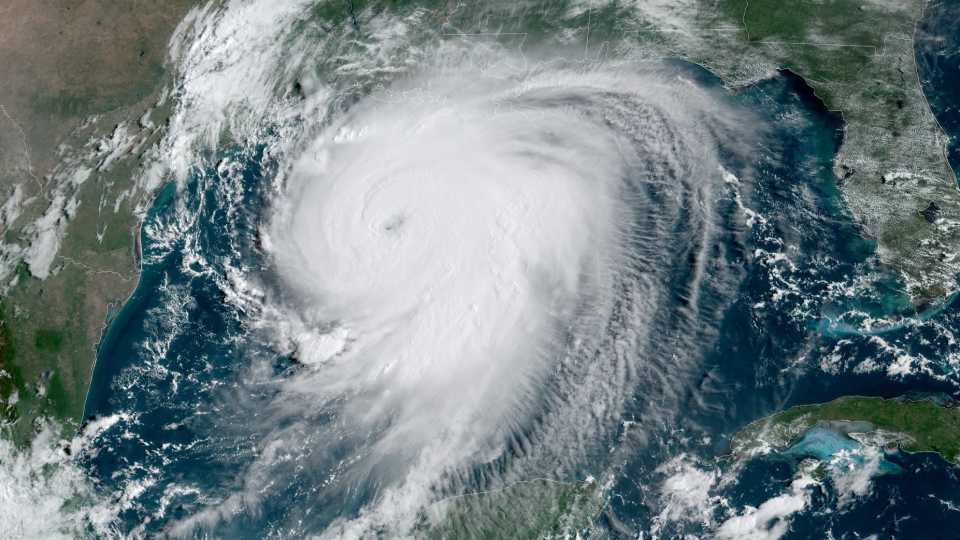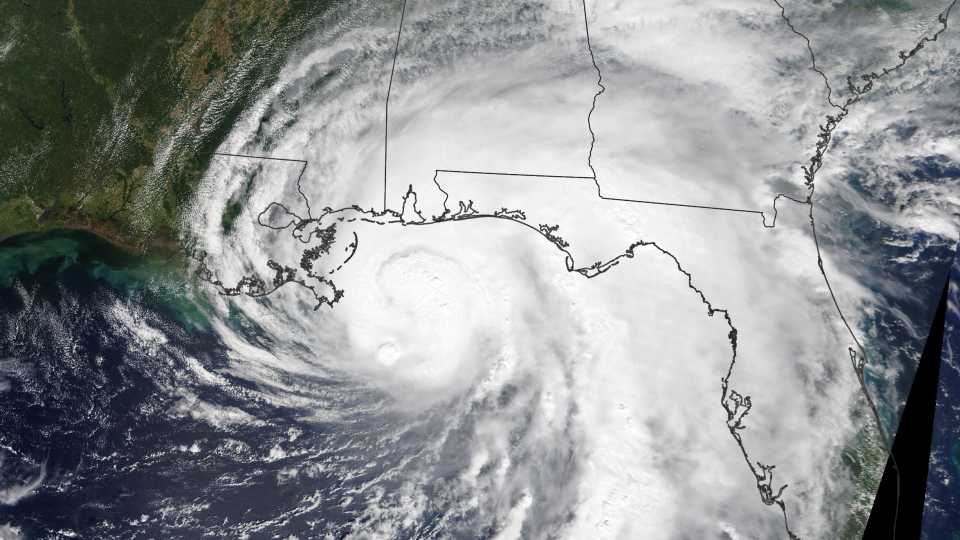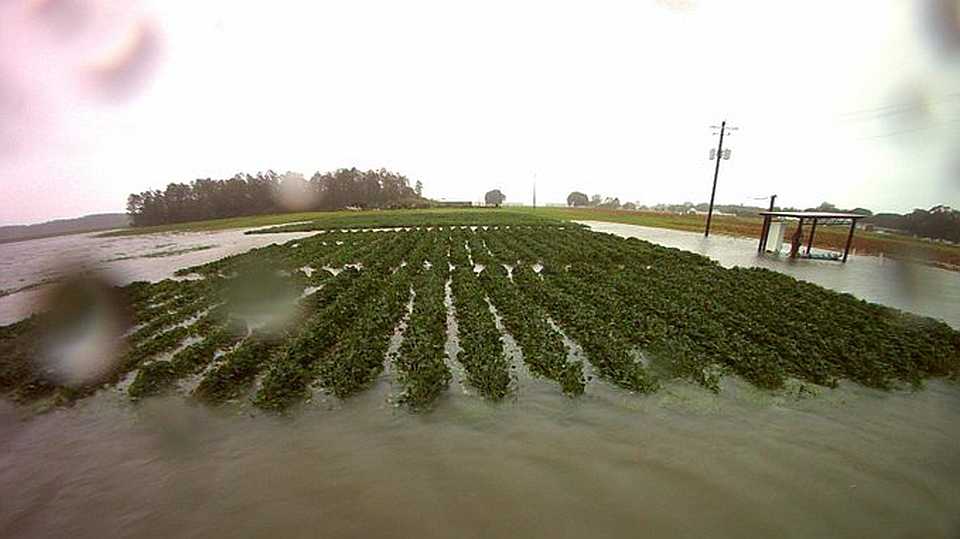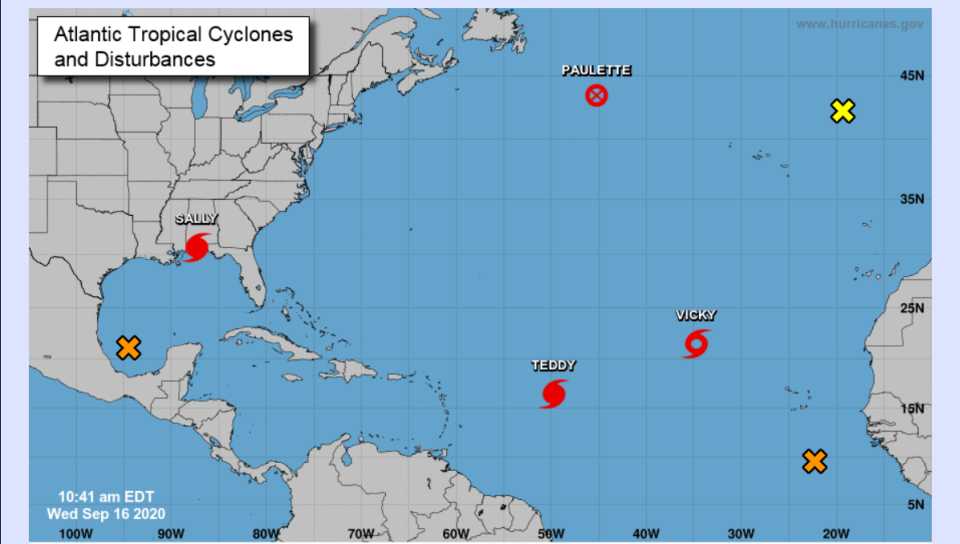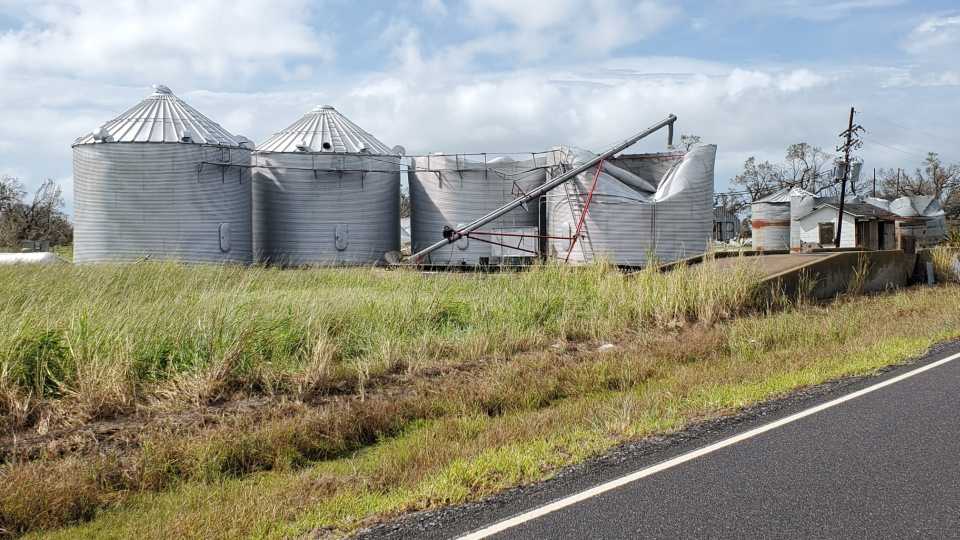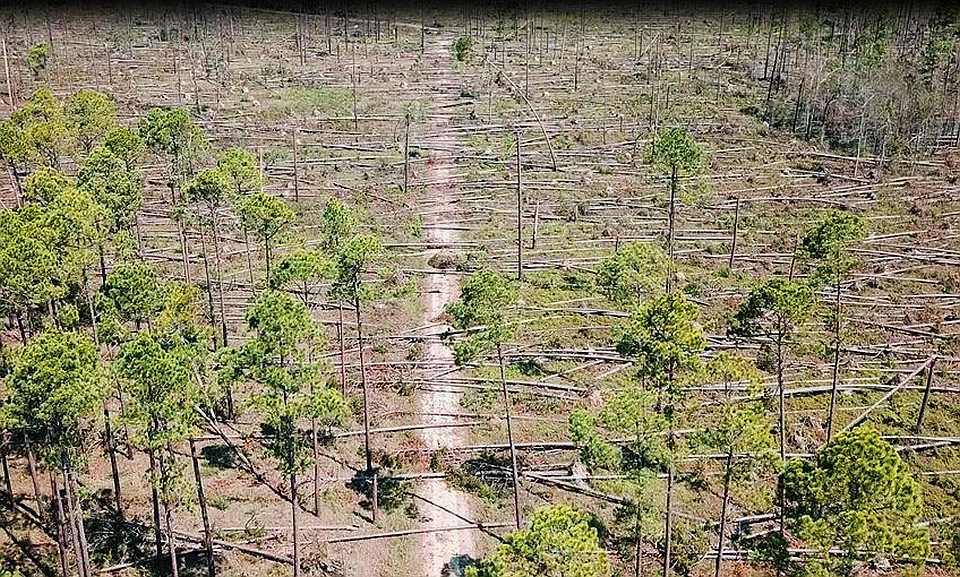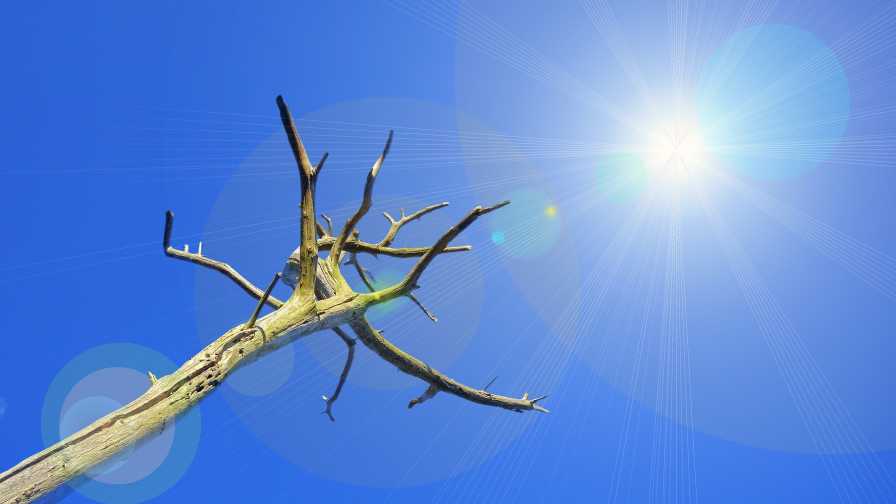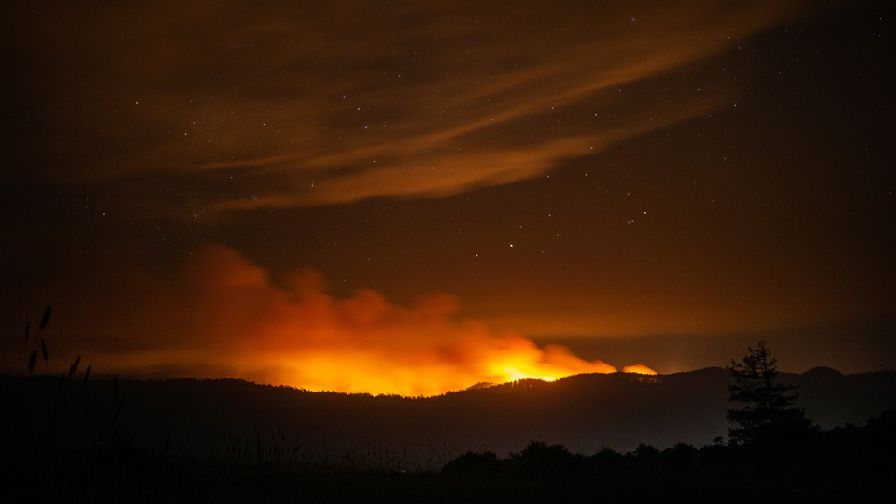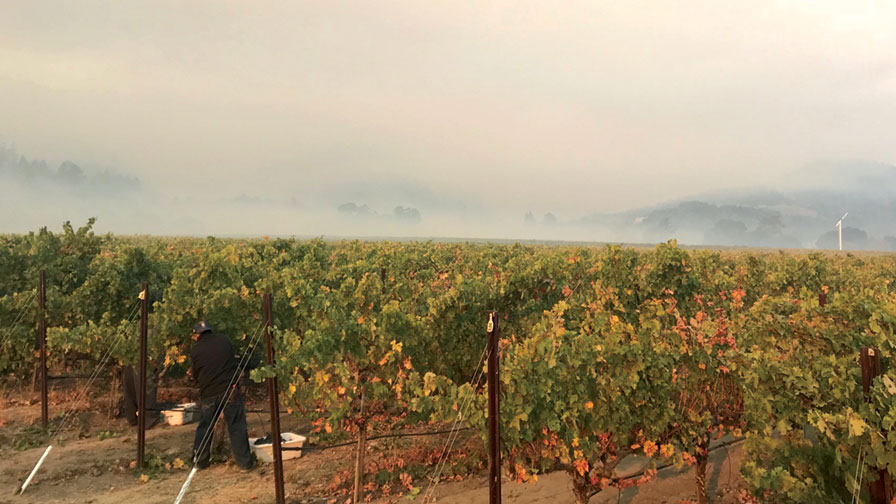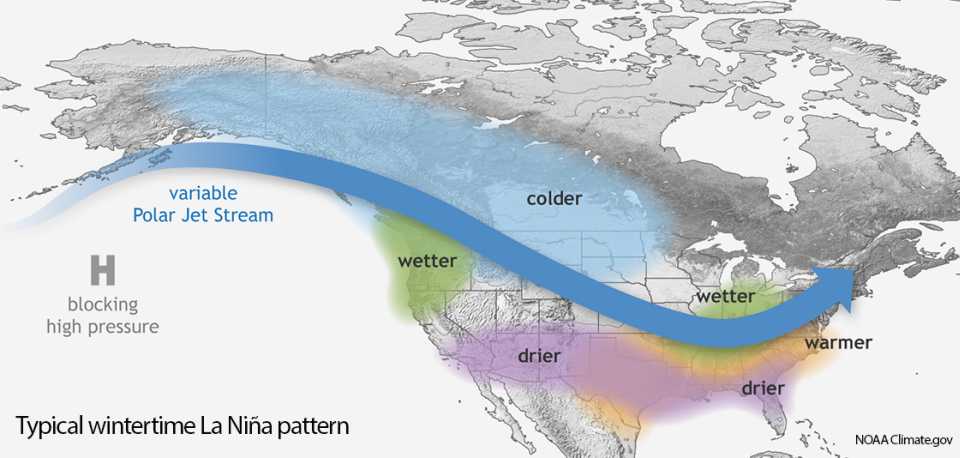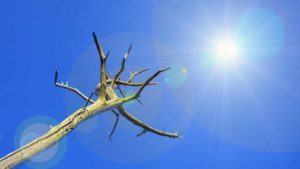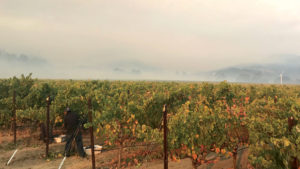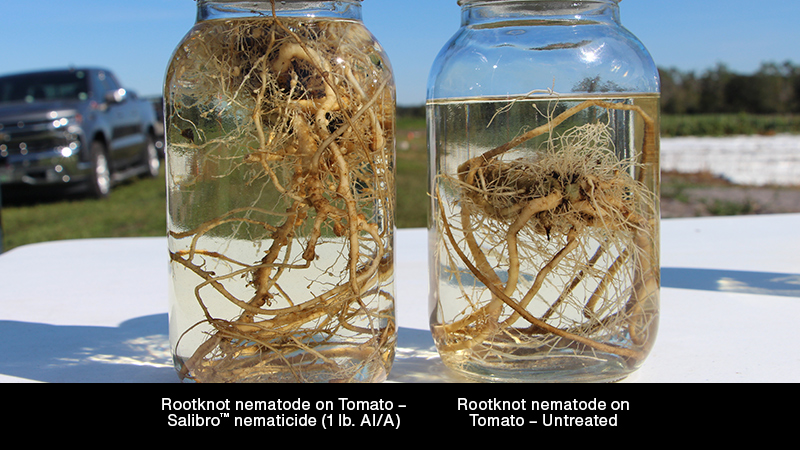2020 Strikes Again! It’s a Full House of Weather Wild Cards
2020 has been full of surprises. Not many of those are in the positive category. Weather around the globe has followed right along with a script filled to the rim with fire, brimstone, hurricane winds, epic rain, and more. But 2021 will be better, right? Odds are Mother Nature says not so fast.
According to NOAA’s latest climate report, not only was last month the second-warmest August on record, but the Northern Hemisphere set the bar even higher. June through August 2020 was the Northern Hemisphere’s hottest on record, besting both 2019 and 2016, which were previously tied for the top spot.
And speaking of heat, Europe, Asia, and the Caribbean experienced their hottest January through August period on record. South America’s YTD average temperature ranked as 2nd-hottest ever recorded.
But, it’s 2020 and weather can be a roller-coaster ride. Just last week, the Colorado Climate Center in Fort Collins measured 0.3 inches of snow, sharing on social media: “the earliest accumulating snow ever observed in over 130 years of records!” That was only three days after reporting a record high of 99°F and 100°F the day before that!
And there’s more … A couple months ago, the National Weather Service issued a La Niña Watch. The call for caution turned out warranted as the climate phase is officially here now.
La Niña (“little girl”) is defined as a natural ocean-atmospheric phenomenon marked by cooler-than-average sea surface temperatures across the central and eastern Pacific Ocean near the equator. It’s the opposite of El Niño (“little boy”), which features warmer-than-average sea surface temperatures in that region.
Above-average tropical activity in the Atlantic basin is typical of a La Niña year. Active is an understatement when it comes to describing 2020. As of this post’s update, the record-setting Atlantic hurricane season has completely run out of names for storms and is now borrowing from the Greek alphabet. The only other time on record that this happened was in 2005.
The 2020 Atlantic hurricane season tally so far: 22 named storms; 8 hurricanes, two of those reaching major category status (Laura and Teddy). Hurricane Sally is the latest to make landfall and delivered historic rainfall to the Gulf Coast and Southeast.
The season officially ends on Nov. 30. At this rate, I wouldn’t doubt it carries over into December with the Greek letters being stretched for naming conventions.
During the winter, La Niña typically brings above-average precipitation and colder-than-average temperatures along the northern tier of the U.S., along with below-average precipitation and above-average temperatures across the South. A region to watch will be the Southwest where a weak summer monsoon resulted in extreme drought.
Western wildfires have been devastating along the U.S. West Coast. While the latest fires themselves remain primarily in the hills and generally aren’t intruding into farm fields, smoke and ash are another story, choking crops and fieldworkers.
EPA’s AirNow hosts the Fire and Smoke Map, which shows the air quality throughout much of the West Coast’s growing areas rank as either unhealthy, very unhealthy, or hazardous.
For the months ahead, scientists say there is a 75% chance that La Niña will be in place from December 2020 through February 2021.
Will the prospect of climate change affect the way you vote in the November elections?
- No (71%, 201 Votes)
- Yes (29%, 81 Votes)
Total Voters: 282




